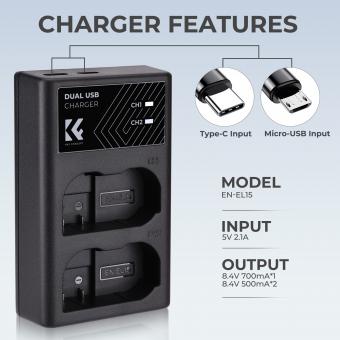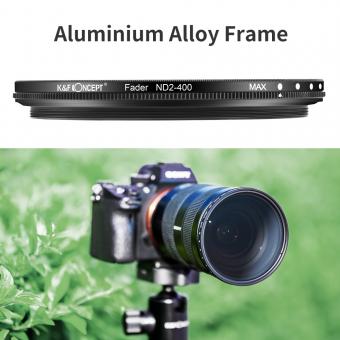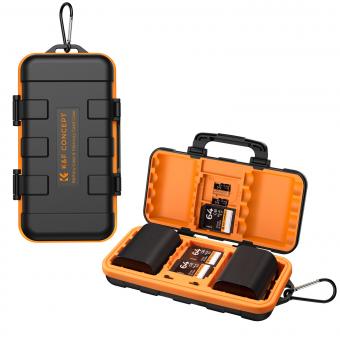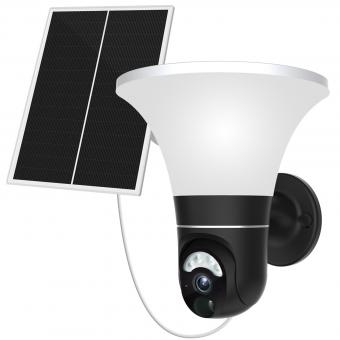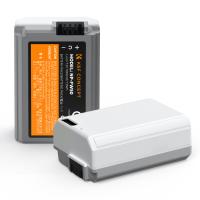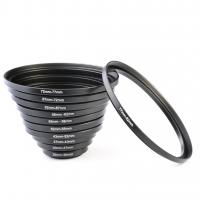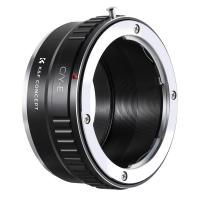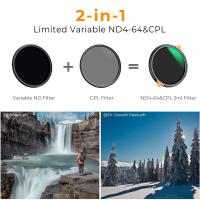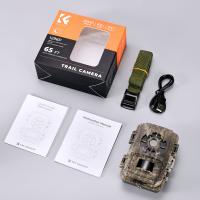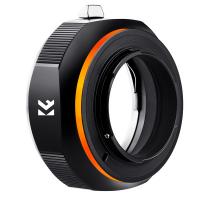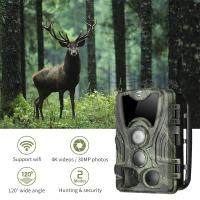How Long Do Batteries Last In Trail Camera?
The battery life of a trail camera depends on various factors such as the type of batteries used, the frequency of use, and the temperature of the environment. Generally, most trail cameras use AA batteries, and their lifespan can range from a few weeks to several months. Lithium batteries tend to last longer than alkaline batteries, especially in cold temperatures. Some trail cameras also have energy-saving features such as motion sensors and sleep modes that can extend battery life. It is recommended to use high-quality batteries and to check them regularly to ensure they are still functioning properly.
1、 Battery Life in Trail Cameras:
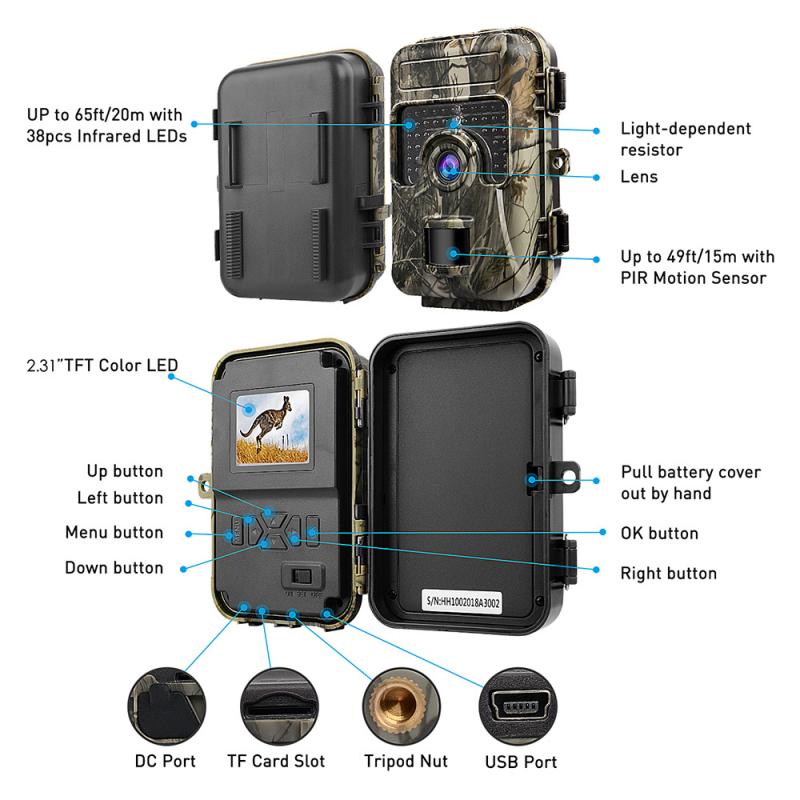
Battery life in trail cameras is an important consideration for hunters and wildlife enthusiasts who rely on these devices to capture images and videos of animals in their natural habitats. The length of time that batteries last in trail cameras can vary depending on a number of factors, including the type of batteries used, the quality of the camera, and the frequency of use.
In general, most trail cameras are designed to run on AA batteries, which can last anywhere from a few weeks to several months depending on the camera's settings and usage. Some cameras are also designed to run on rechargeable batteries, which can be more cost-effective in the long run but may require more frequent charging.
The latest point of view on battery life in trail cameras is that advancements in technology have led to longer battery life and more efficient power usage. Many newer trail cameras now feature low-power consumption modes, which can extend battery life by reducing the camera's power usage when it is not actively capturing images or videos.
In addition, some trail cameras now come equipped with solar panels or external battery packs, which can provide a continuous source of power and eliminate the need for frequent battery replacements. These options can be particularly useful for hunters and wildlife enthusiasts who plan to leave their cameras in the field for extended periods of time.
Overall, the battery life of a trail camera will depend on a variety of factors, and it is important to choose a camera that is designed to meet your specific needs and usage patterns. With the latest advancements in technology, however, it is now easier than ever to find a trail camera that offers long battery life and reliable performance in the field.
2、 Battery Type

How long do batteries last in trail camera? The answer to this question depends on the battery type used in the trail camera. There are several types of batteries available in the market, including alkaline, lithium, and rechargeable batteries.
Alkaline batteries are the most commonly used batteries in trail cameras. They are affordable and readily available. However, they have a shorter lifespan compared to other battery types. Alkaline batteries can last for about 4-6 months, depending on the usage and the number of pictures taken.
Lithium batteries, on the other hand, have a longer lifespan than alkaline batteries. They can last for up to 12 months, depending on the usage and the number of pictures taken. Lithium batteries are also more expensive than alkaline batteries.
Rechargeable batteries are becoming more popular among trail camera users. They are cost-effective and environmentally friendly. However, they have a shorter lifespan compared to alkaline and lithium batteries. Rechargeable batteries can last for about 2-3 months, depending on the usage and the number of pictures taken.
It is important to note that the lifespan of batteries in trail cameras can be affected by several factors, including temperature, humidity, and the number of pictures taken. It is recommended to use high-quality batteries and to check the battery level regularly to ensure that the trail camera is functioning properly.
In conclusion, the lifespan of batteries in trail cameras varies depending on the battery type used. Lithium batteries have the longest lifespan, followed by alkaline batteries and rechargeable batteries. However, the lifespan of batteries can be affected by several factors, and it is important to use high-quality batteries and to check the battery level regularly.
3、 Camera Settings

How long do batteries last in trail camera? The answer to this question depends on several factors, including the type of batteries used, the quality of the batteries, the frequency of use, and the camera settings. Generally, most trail cameras use AA batteries, and the battery life can range from a few weeks to several months.
The camera settings can have a significant impact on battery life. For example, if the camera is set to take high-resolution photos or videos, the battery will drain faster than if it is set to take lower quality images. Similarly, if the camera is set to take photos or videos frequently, the battery will drain faster than if it is set to take images less frequently.
The latest point of view is that some trail cameras now come with rechargeable batteries, which can last longer than traditional AA batteries. Additionally, some cameras have power-saving features that can extend battery life, such as motion sensors that only activate the camera when there is movement in the area.
In conclusion, the battery life of a trail camera can vary depending on several factors, including the type of batteries used, the quality of the batteries, the frequency of use, and the camera settings. It is important to choose high-quality batteries and adjust the camera settings to maximize battery life.
4、 Temperature and Weather Conditions
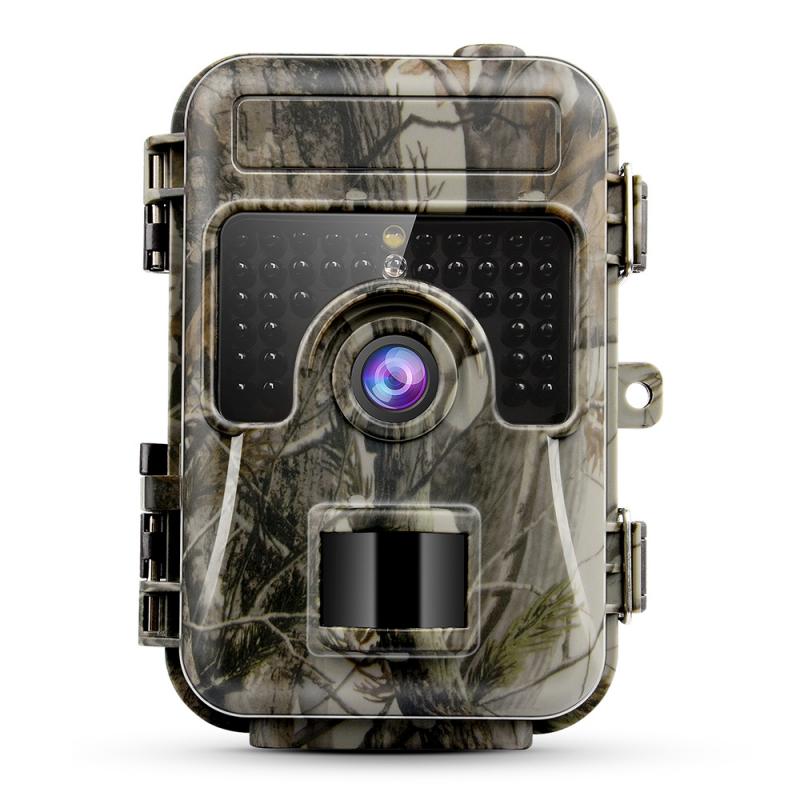
How long do batteries last in trail camera? The answer to this question depends on several factors, including the type of batteries used, the quality of the camera, and the frequency of use. However, one of the most significant factors that affect battery life is temperature and weather conditions.
In cold weather, batteries tend to lose their charge quickly, and this can significantly reduce the lifespan of the batteries. Similarly, in hot weather, batteries can overheat and lose their charge faster than usual. Therefore, it is essential to choose batteries that are designed to withstand extreme temperatures and weather conditions.
Another factor that affects battery life is the frequency of use. If you use your trail camera frequently, the batteries will drain faster than if you only use it occasionally. Therefore, it is essential to choose a camera with a long battery life or carry extra batteries with you when you go out to check your camera.
In recent years, trail camera manufacturers have made significant improvements in battery life. Many cameras now come with rechargeable batteries that can last for several months on a single charge. Additionally, some cameras have power-saving features that help to extend battery life.
In conclusion, the lifespan of batteries in trail cameras depends on several factors, including temperature and weather conditions, the type of batteries used, the quality of the camera, and the frequency of use. However, with the latest advancements in technology, trail cameras now have longer battery life, making them more reliable and efficient.


